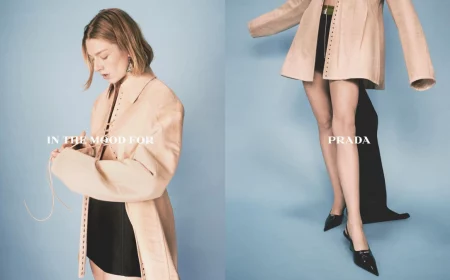Beyond the Buzz Cut: A Barber’s Guide to Getting Rockstar Hair
I’ve been behind the barber’s chair for a long time now, and I’ve seen countless trends cycle through. But some looks? They just stick around. I’m talking about those cuts with real texture, movement, and a bit of a rebellious spirit. These aren’t just haircuts; they’re personality statements.
In this article
Guys come into my shop all the time with photos of musicians and actors, wanting that same effortless, cool vibe. Here’s a little secret, though: getting that look right is a lot more complex than just letting your hair grow out. It’s an art and a science. My mentor, an old-school pro, used to say every haircut is a sculpture. You have to know the material—your hair—and you have to master your tools. So let’s skip the history lesson and get right into the practical advice I share with my own clients every single day.
First Things First: The Theory Behind Great Hair
Before anyone even thinks about picking up a pair of scissors, we have to talk principles. These iconic, flowing styles were a departure from the super-short, rigid cuts of the past. It’s all about embracing your hair’s natural texture and creating softer shapes. The two magic words you need to know are layering and texturizing.
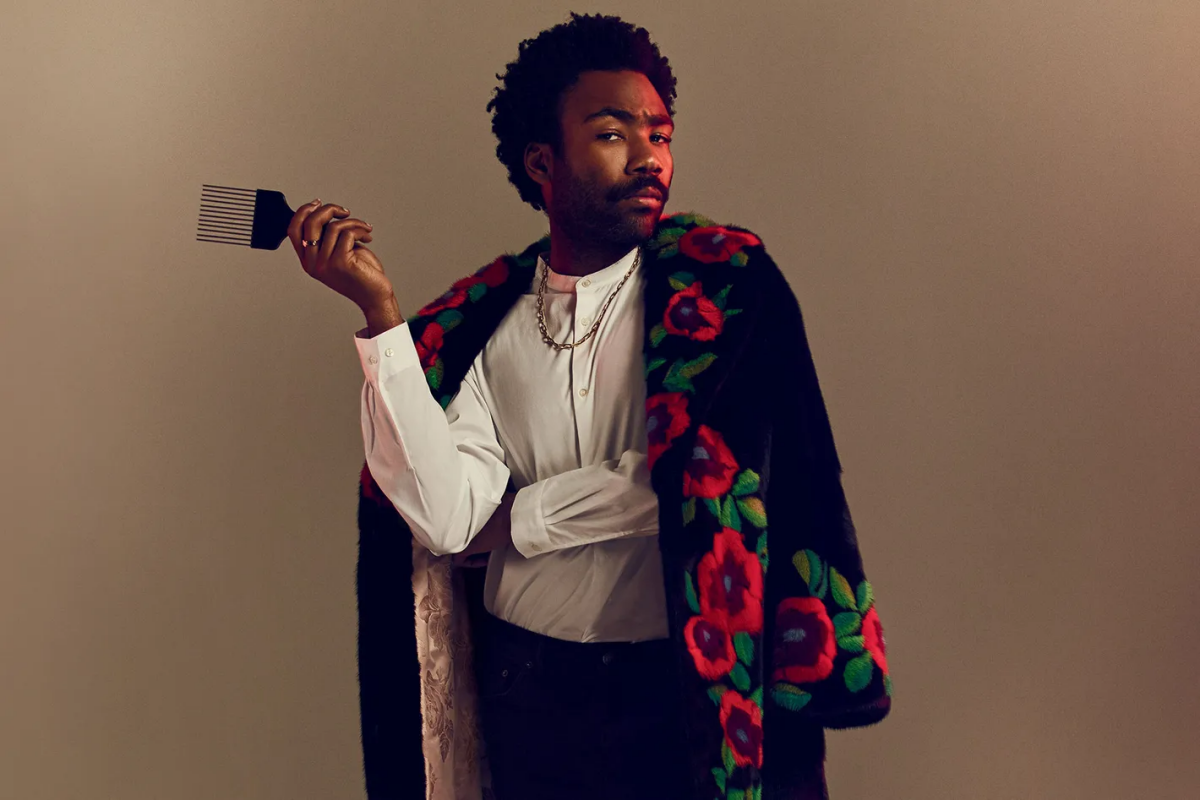
Why Layers Are Everything
Hair has weight. Simple as that. When it’s all one length, that weight pulls it straight down, and you get that flat, lifeless look. Layering is how we strategically cut shorter pieces that sit on top of longer ones. Think of it like building a hidden support system inside your hair to create volume and movement.
For a lot of these styles, we use round layering, which means the layers follow the natural curve of your head. When I’m cutting a shag, for instance, I’ll lift sections of hair straight up from the scalp and cut them. This creates those awesome, flowing layers that move instead of just hanging there. Honestly, understanding hair density is the whole game. I can tell just by touching a client’s hair how much weight I need to remove to make the style come alive.
Tools of the Trade: Scissors vs. The Razor
The tool your barber chooses will completely change the final product. It’s not just about cutting length; it’s about shaping the ends of the hair itself.
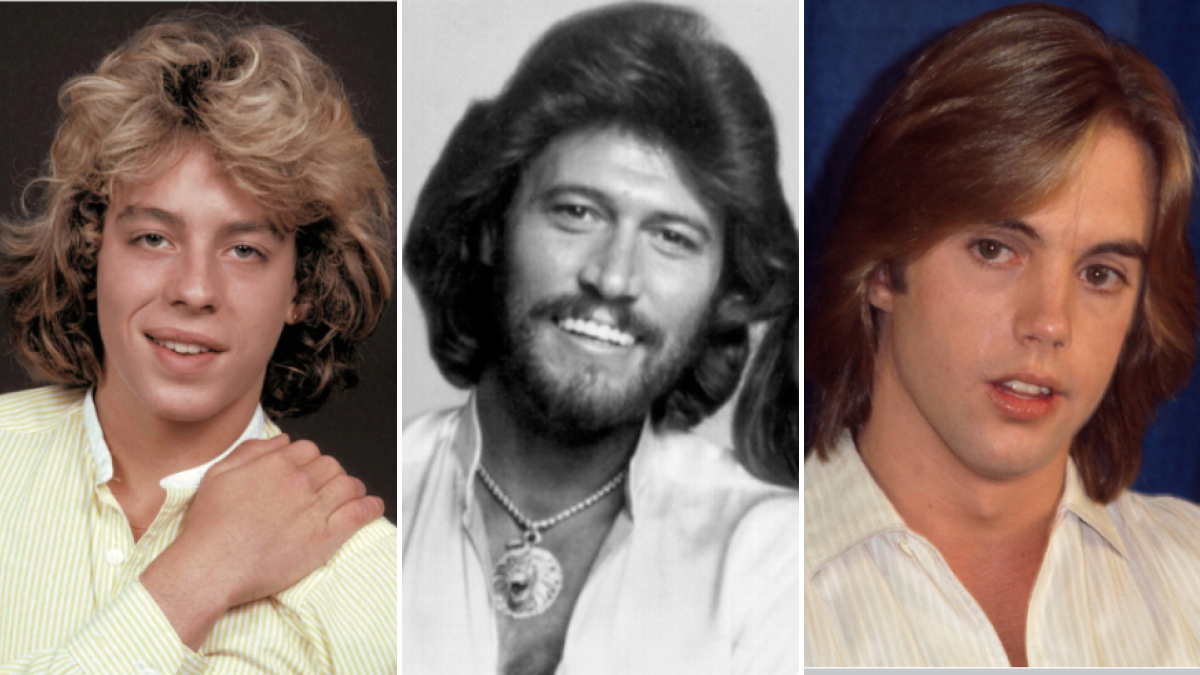
- Scissors: Your trusty scissors create a clean, blunt edge on each strand of hair. This is perfect for precision and building a strong foundational shape. We’ll always use scissors to establish the overall length and basic form.
- Straight Razor: Now, this is where the magic happens for those softer styles. A razor doesn’t chop the hair; it glides along the shaft, tapering the end to a super-fine point. This is the secret to getting those soft, feathered edges that define a great shag. It takes a very steady hand, and in the wrong hands, it can cause damage. I spent a full year practicing on mannequins before I ever used a razor on a paying client.
By the way, knowing this helps you talk to your barber. If you ask for “soft layers cut with a razor,” they’ll know you’ve done your homework.
Let’s Get Specific: Crafting the Looks
Alright, let’s break down some of the most-requested styles. I’ll tell you how they’re cut, who they’re best for, and what it’ll cost you in time and money.
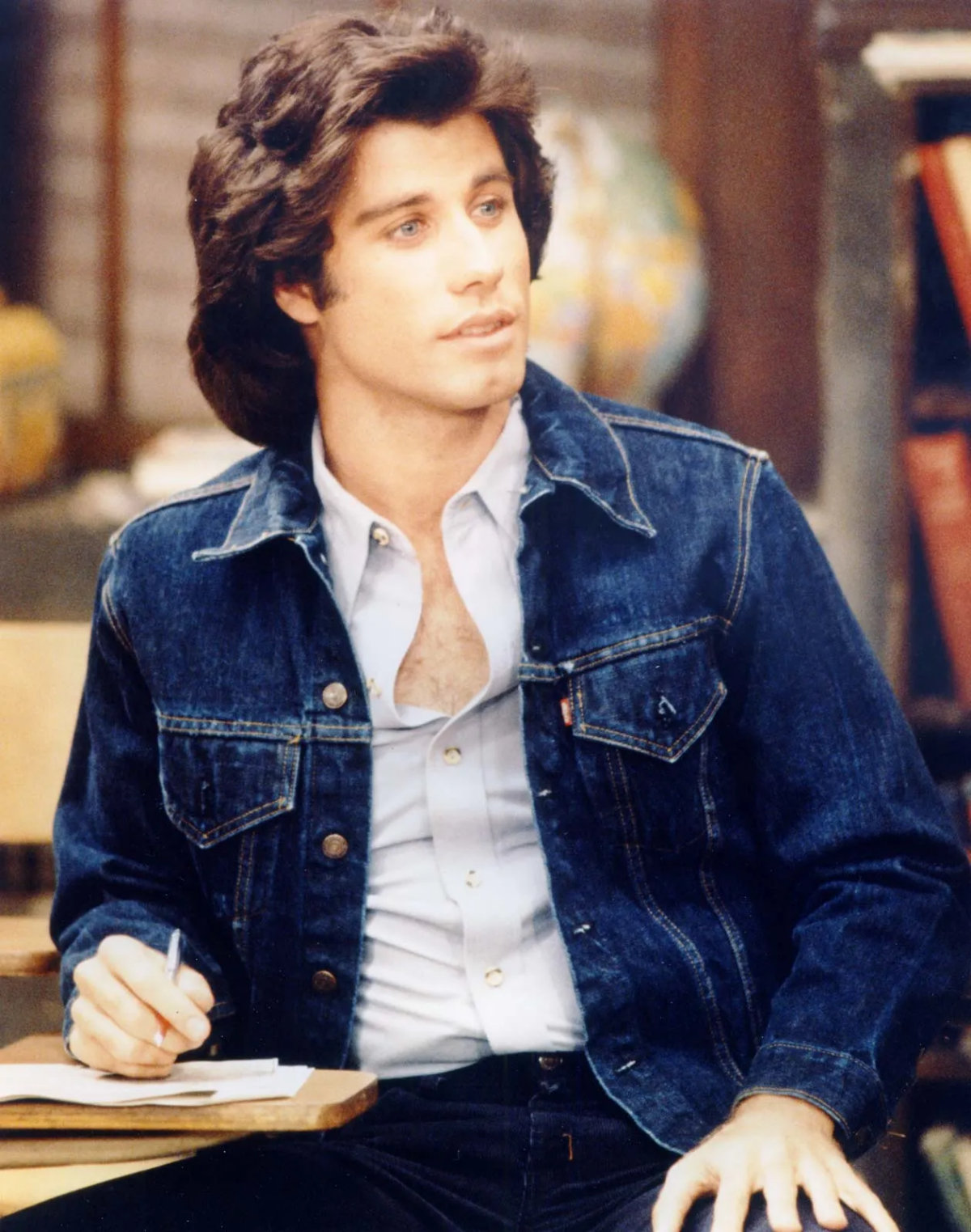
The Layered & Lived-In: Shags, Feathered Cuts, and Mullets
The shag is probably the king of textured cuts. It’s all about heavy layers on top and around the crown, with longer, wispier hair at the sides and back. It’s a fantastic, versatile style.
A true shag is cut with a specific pattern, often creating sections on the crown like slices of a pie. We pull those sections straight up and cut them short to build that signature volume. The real art is blending these short top layers into the longer hair below without creating a weird-looking ‘shelf.’ This is where I’ll use my razor or a ‘slide cutting’ technique with scissors to make the transition totally seamless.
The feathered look is a softer cousin of the shag. It’s less about aggressive top layers and more about shaping the hair to sweep away from the face. That’s a job for the razor, especially around the front. And the mullet? It’s the most extreme of the three. A good modern one has a soft, faded transition between the short top and the long back. A bad one looks like two completely different haircuts fighting on one head.
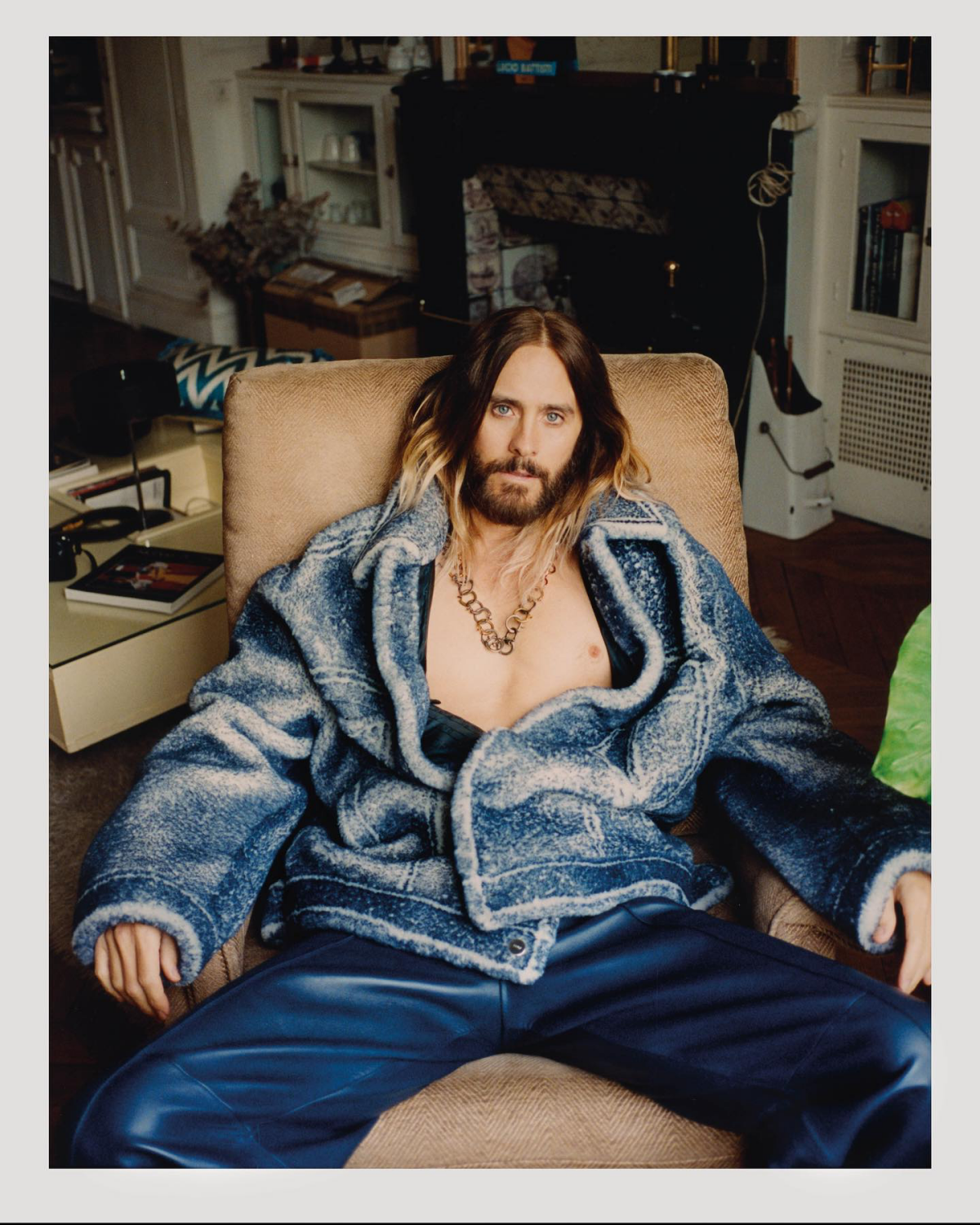
- Best For: Hair with a bit of a natural wave or curl. It just gives the layers something to grab onto. If you have straight hair, you’ll need to commit to styling with a sea salt spray or a light mousse to get that messy, textured finish.
- Face Shapes: Great for oval and square faces since the softness around the edges balances out sharp angles. If you have a round face, I’d suggest keeping a bit more length on the sides to elongate your profile.
- What to Tell Your Barber: Ask for “heavy round layers, shorter on top, with a soft, razored texture.” A photo is ALWAYS a good idea, especially for a mullet, since the terminology can get mixed up.
- Maintenance & Cost: A shag grows out better than most cuts, but you’ll lose the shape after about 6-8 weeks. Plan for a trim to keep the layers looking sharp. Budget-wise, don’t expect this to be a quick $30 buzz cut. A technical, layered cut that requires extensive razor work will likely fall in the $65 to $95 range, depending on your barber’s skill and your city.
Heads up! Please, do not try to cut your own shag with a razor you bought online. I’ve had to fix so many of these disasters. You end up with chunks missing and hair so thinned out it looks fried. It’s a technical cut that’s worth paying a professional for.
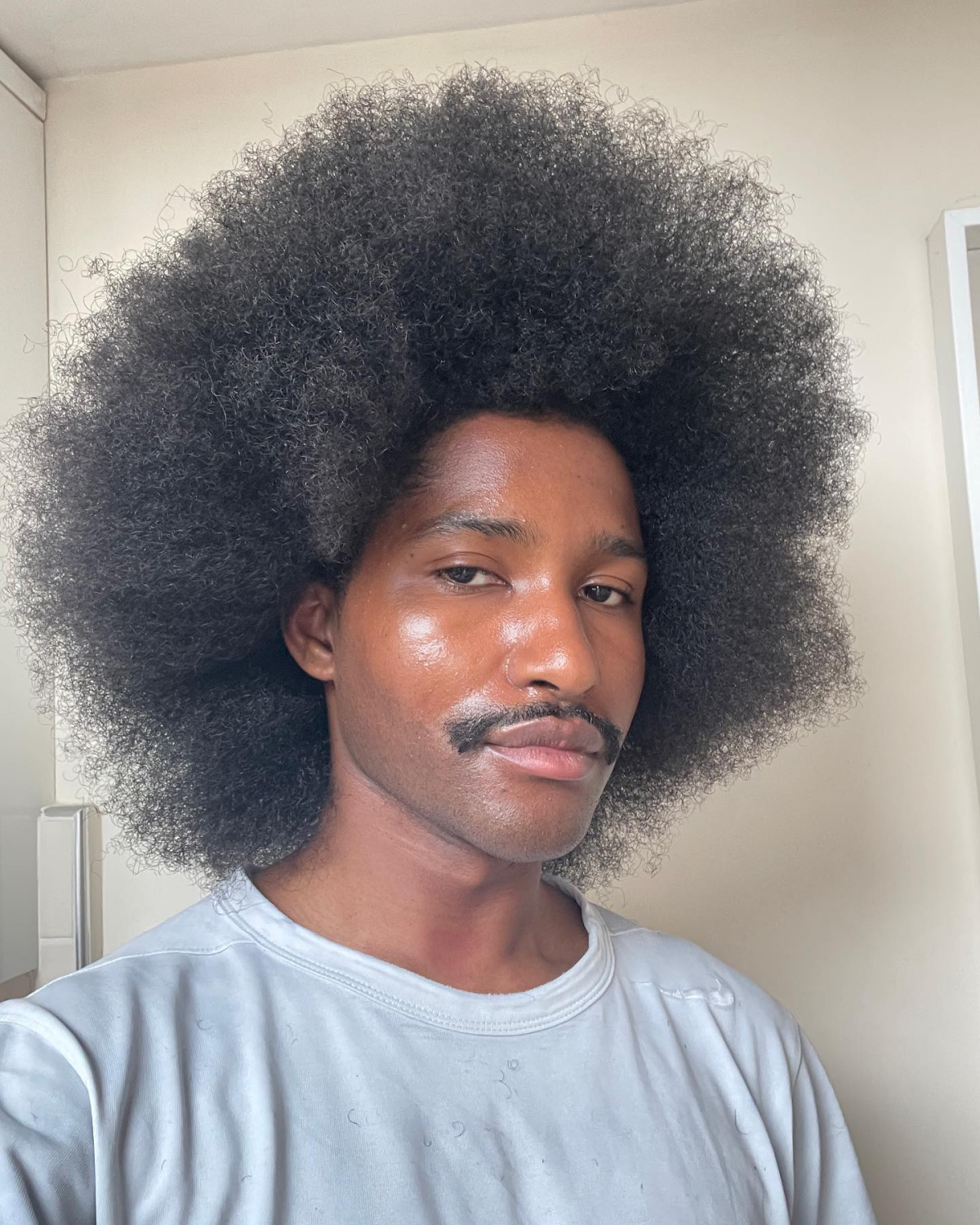
Building Texture: Curls, Coils, and Waves
These styles are all about creating and celebrating incredible texture. They also require specialized knowledge and, in one case, some serious chemical expertise.
The Afro: Health and Shape
The Afro is such a powerful look, but it’s not a ‘just let it grow’ style. It requires meticulous shaping and a deep focus on hair health. Tightly coiled hair is naturally more fragile than straight hair, making it prone to dryness. Moisture is everything.
A good barber will use a hair pick to lift the hair from the root, then use clippers—often freehand—to sculpt the hair into that perfect silhouette. The goal is symmetry and a shape that complements your head and face. I always recommend water-based moisturizers, leave-in conditioners, and natural oils like jojoba. And a quick tip: sleep on a silk or satin pillowcase. It reduces friction and saves your hair from breakage. Finding a barber who specializes in and showcases their work on textured hair is key.
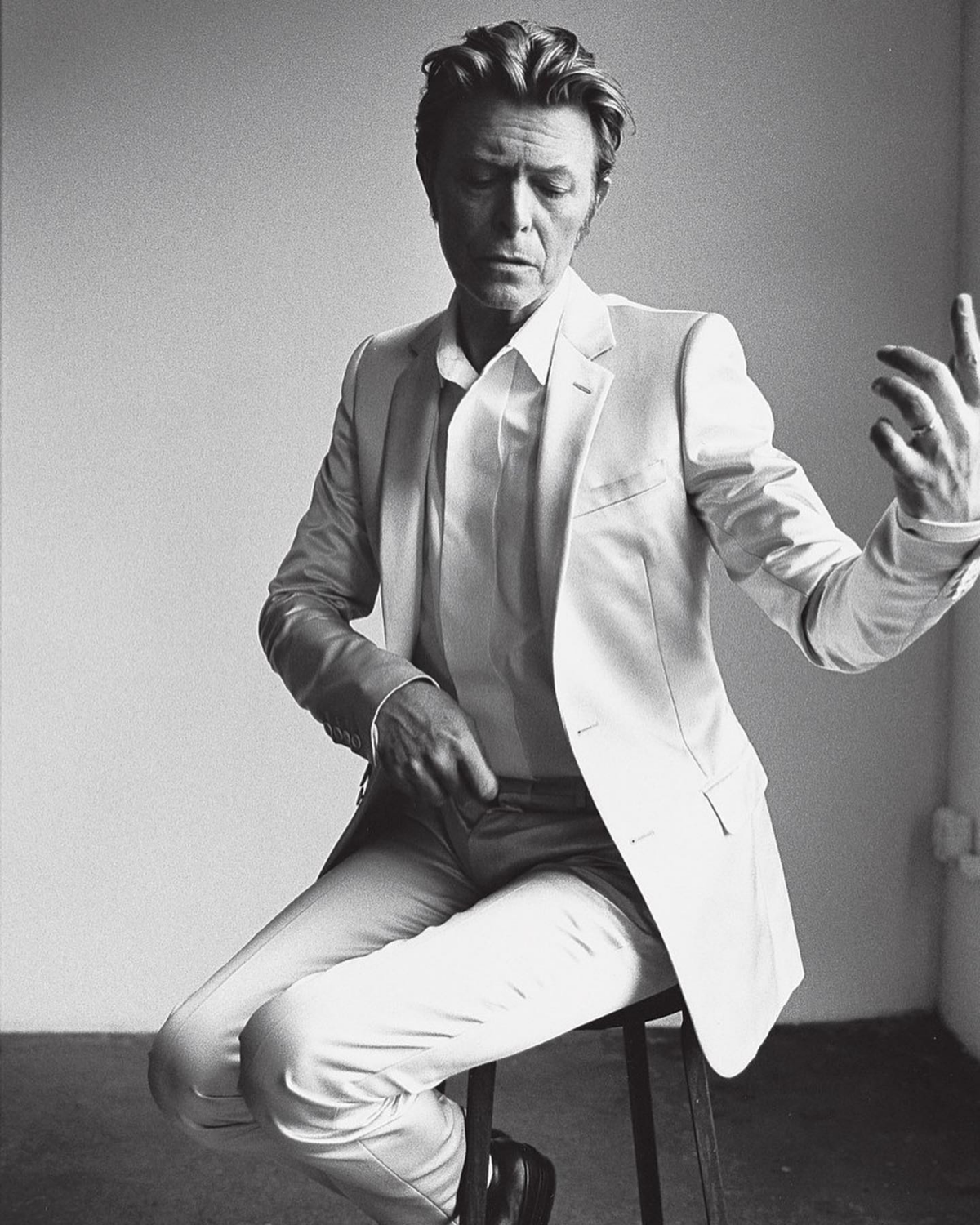
The Perm: Creating Curls Chemically
The perm is how guys with straight hair can get the volume and texture that’s so popular. And forget those frizzy perms from old photos; modern perms are way more sophisticated.
It’s a two-step chemical process that first breaks down your hair’s internal bonds and then reforms them around rods to create a new curl pattern. The consultation is the most critical part. The first thing I do is a quick elasticity test. I’ll gently pull on a single wet strand of hair; if it stretches a bit and bounces back, we’re good. If it feels gummy or snaps, a perm is a hard no. It’s not worth the risk.
Let me be crystal clear: This is NOT a DIY project. I cannot say this enough. The chemicals are caustic and can cause scalp burns. I once had a young guy come in after a home-perm disaster… his hair literally felt like wet chewing gum. We had to cut almost all of it off. A men’s perm is a serious chemical service, so it’s an investment. Expect it to cost anywhere from $100 to $250+, depending on your hair length and the salon.

The Long Game: Growing It Out Without Looking Awkward
Growing your hair long sounds easy, but doing it well takes a plan. The goal is healthy, intentional length, not just… unkempt.
The biggest surprise for my long-hair clients? You still need regular trims! We call it ‘invisible maintenance.’ Every 10-12 weeks, you need to get a tiny trim (just a quarter-inch or so) to snip off split ends before they can travel up the hair shaft and cause frizz.
Oh, and the awkward stage. We all hate it. It’s that 4-6 month period where it’s neither short nor long. Your best friends during this time are products and accessories. A strong-hold gel for a slick-back look can be a lifesaver. Hats and beanies are also your allies. A good barber can also give you a subtle shaping trim to make it look less like a phase and more like a style.
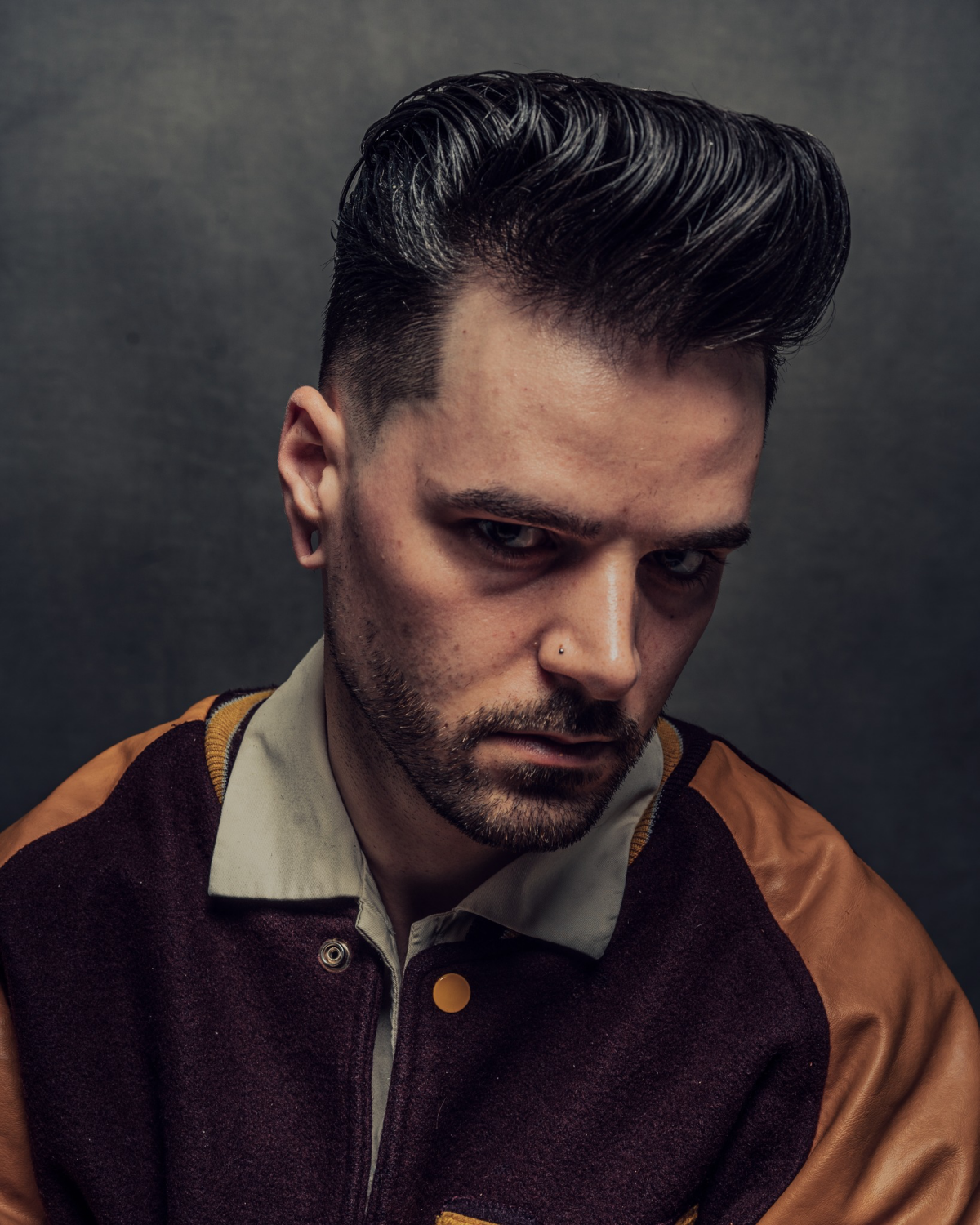
Clean Lines & Classic Shapes
Not all vintage-inspired looks are wild and shaggy. Some have real structure, just with a softer, more modern touch.
The modern pompadour, for instance, is all about height created with a blow dryer and brush, not just a tin of heavy grease. And sideburns? They’re essential. They anchor the whole look to your face. We always cut them last, shaping them with a detailer to perfectly match the cut and your face shape.
Even a buzz cut can be more than just one length all over. A pro will use at least two different guards—say, a
3 on top blended to a
2 on the sides with a clean taper at the neckline—to create a shape that complements your head. It costs a little more than a cheap single-guard job, maybe $35-$45 instead of $25, but it looks a million times better.
How to Talk to Your Barber (So You Get What You Want)
The best haircut is a partnership. Here’s how to do your part:
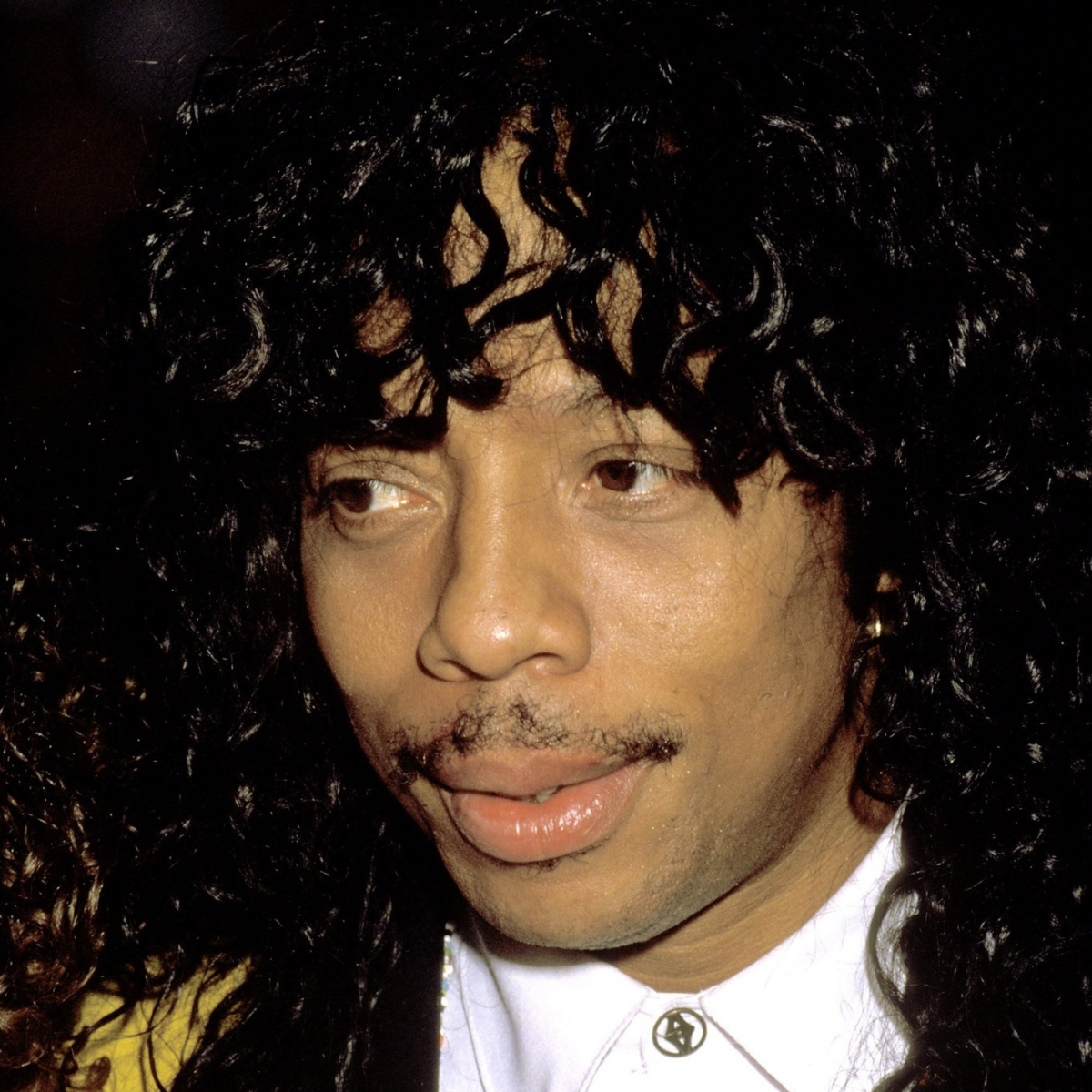
- Bring Photos. Several of them. Show us what you like, but also show us what you don’t like. It helps us map out your taste.
- Be Realistic. The guy in the photo has different hair and a different head shape. A good barber will tell you honestly if a cut will work for you and suggest tweaks to make it fit your look.
- Ask Questions! Ask about maintenance. Ask what products to buy. Ask for a quick styling lesson. I love spending five minutes showing a client how to use a blow dryer or apply pomade. We want you to look good every day, not just when you leave the shop.
These styles are timeless for a reason. They require skill and an honest conversation. Find a pro you trust, be ready for a little maintenance, and you can absolutely pull off that rockstar look.
Galerie d’inspiration
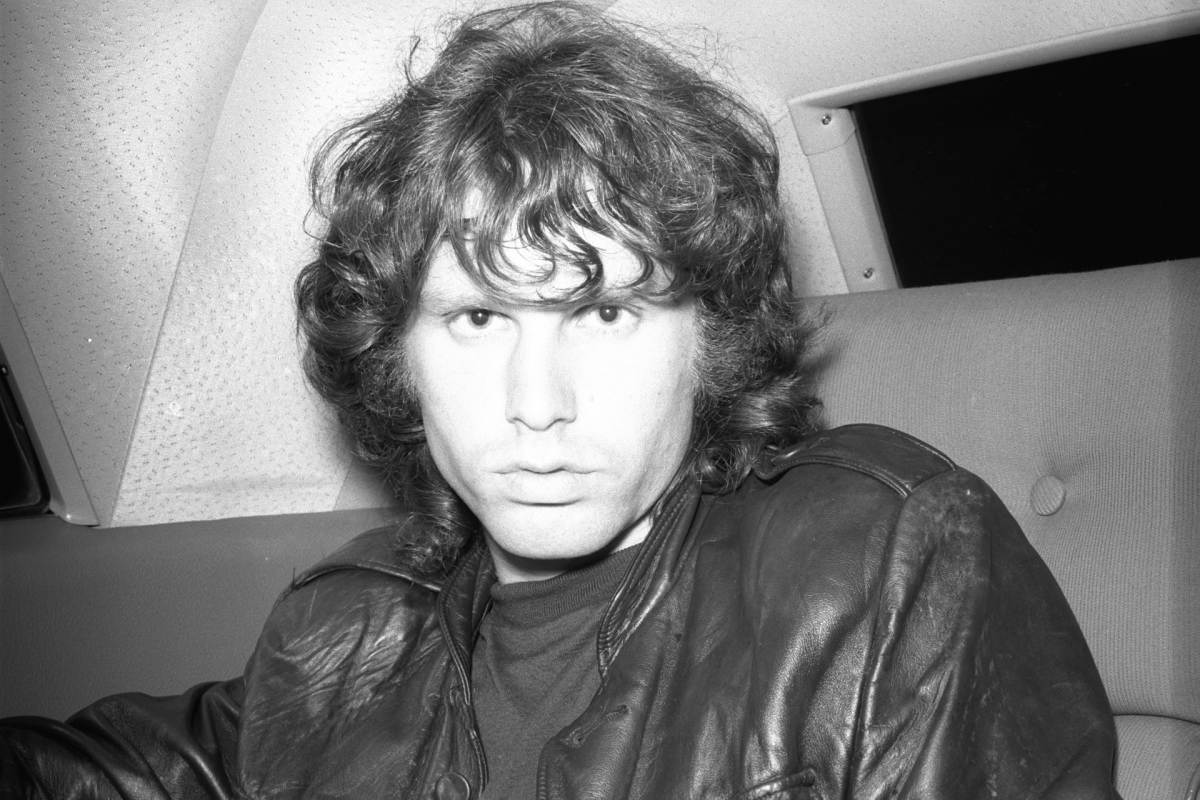
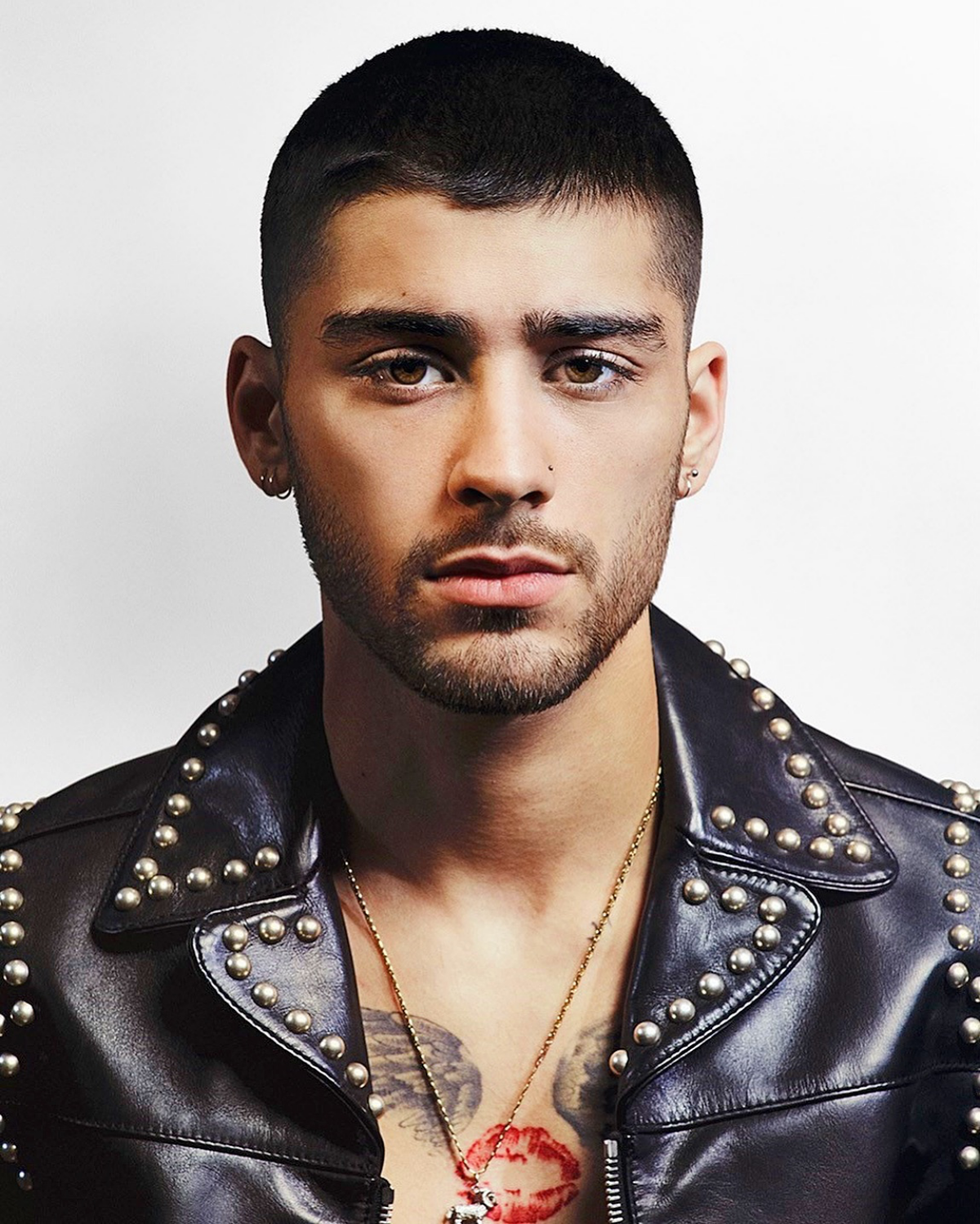
Your barber creates the shape, but the daily texture comes from your cabinet. To get that just-off-the-beach, separated look seen on guys like Timothée Chalamet, you need the right support crew. It’s less about heavy hold and more about encouraging your hair’s natural bend.
- Sea Salt Spray: The hero product for texture. A few spritzes on damp hair (like one from Bumble and bumble’s Surf line) adds grit and volume without stiffness.
- Light-Hold Cream or Paste: After blow-drying or air-drying, work a dime-sized amount of a pliable product like American Crew’s Forming Cream through the mid-lengths and ends to define layers and fight frizz.
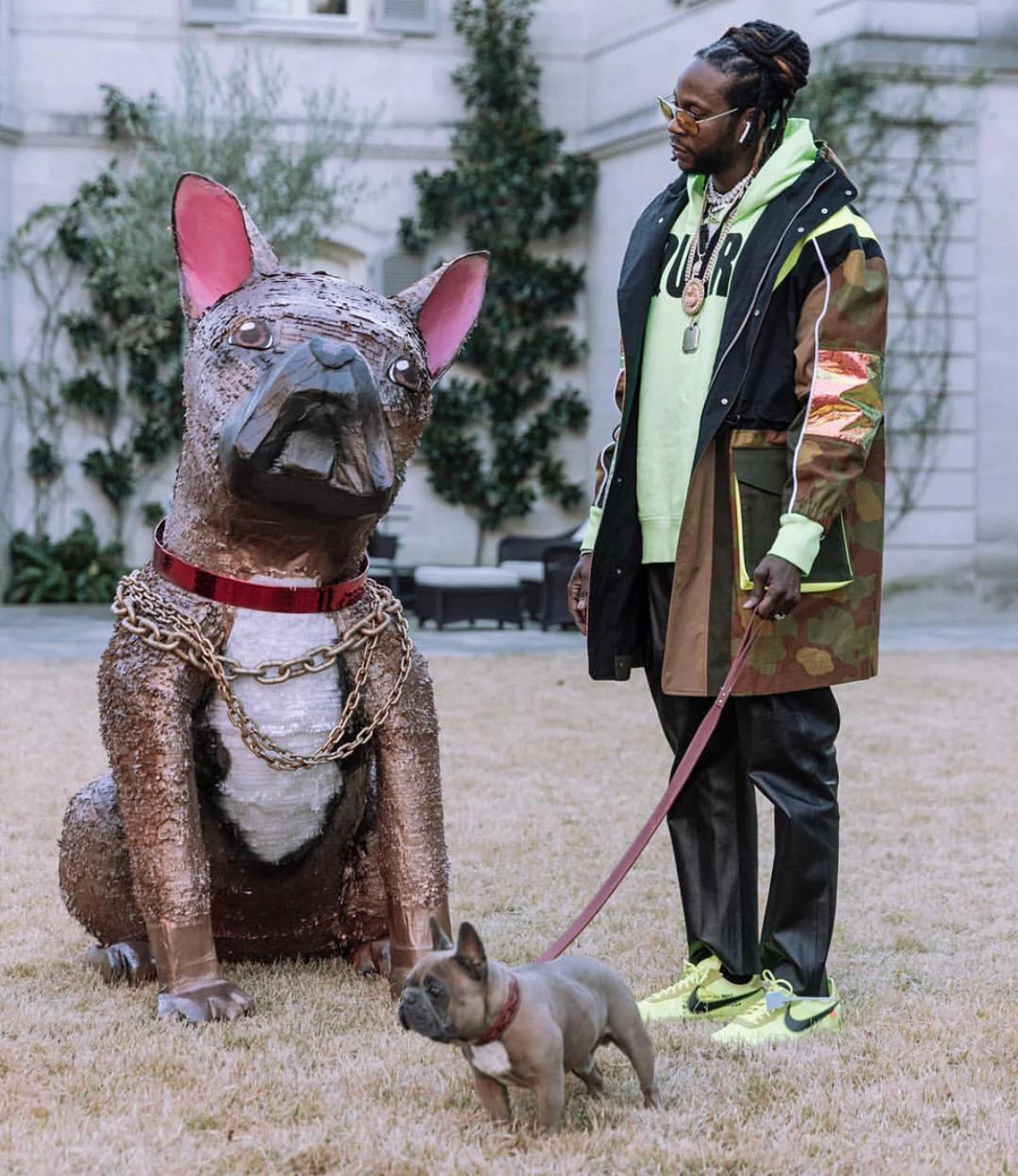
So, you’ve committed to growing it out. How do you survive the dreaded ‘awkward stage’ without giving up and buzzing it all off?
Patience is key, but strategy is your savior. This is when hair accessories are your best friend—think beanies and caps on days when it just won’t cooperate. Product-wise, switch to something with a bit more control, like a medium-hold clay, to tame sections that have a mind of their own. Also, talk to your barber about a ‘maintenance trim.’ This isn’t a full cut; it’s a micro-trim to clean up the neckline and around the ears, which can make the grow-out process look intentional rather than messy.
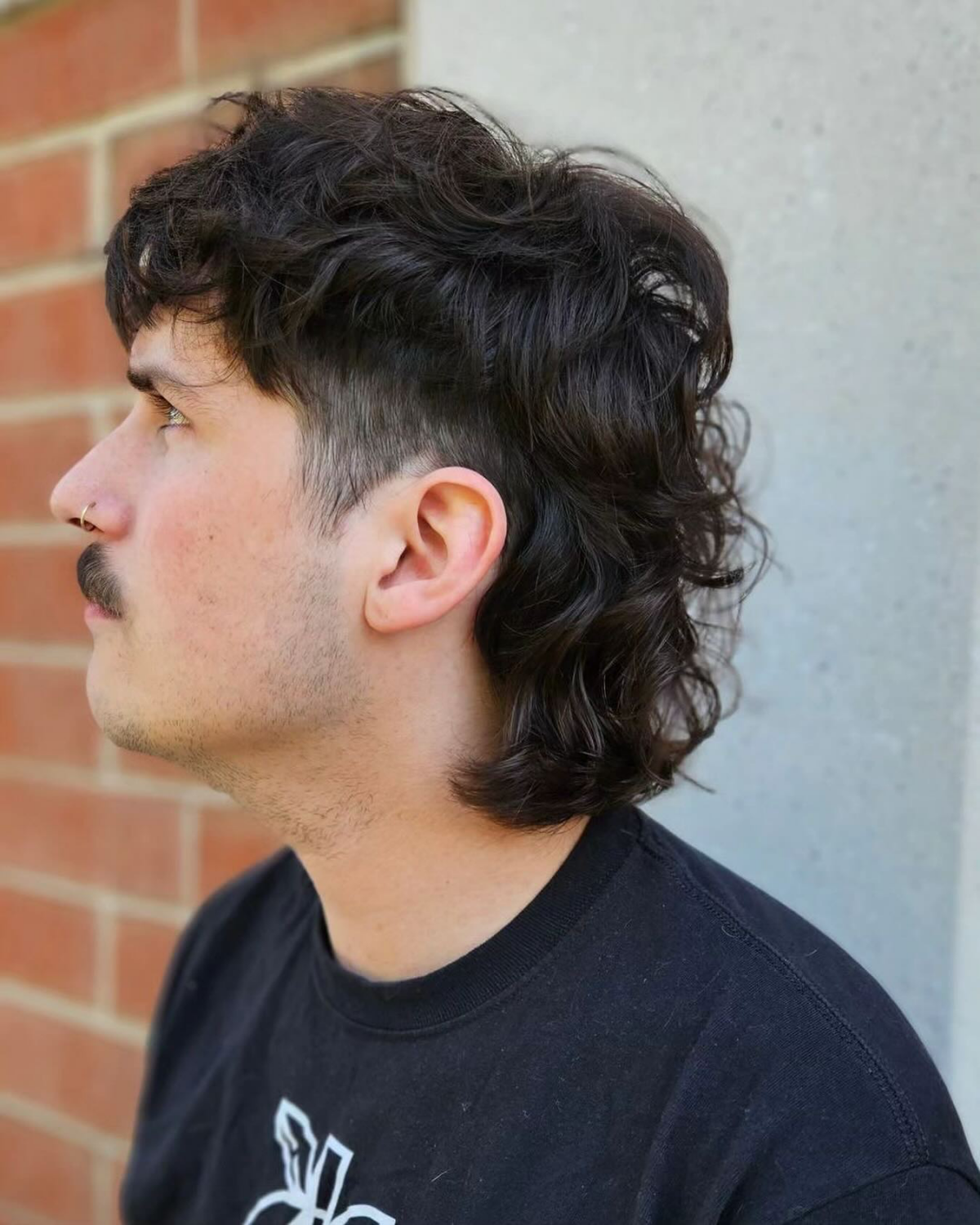
Matte Clay: Delivers a high-hold, no-shine finish. It’s perfect for creating that piecey, textured, second-day hair look. It absorbs light, making hair appear thicker. Ideal for modern shags and textured quiffs.
Shine Pomade: Provides a slick, high-shine finish with varying levels of hold. This is your go-to for more classic, polished styles like a pompadour or a slick-back, channeling that vintage Elvis or James Dean vibe.
For the rebellious looks in this article, clay is almost always the better choice.
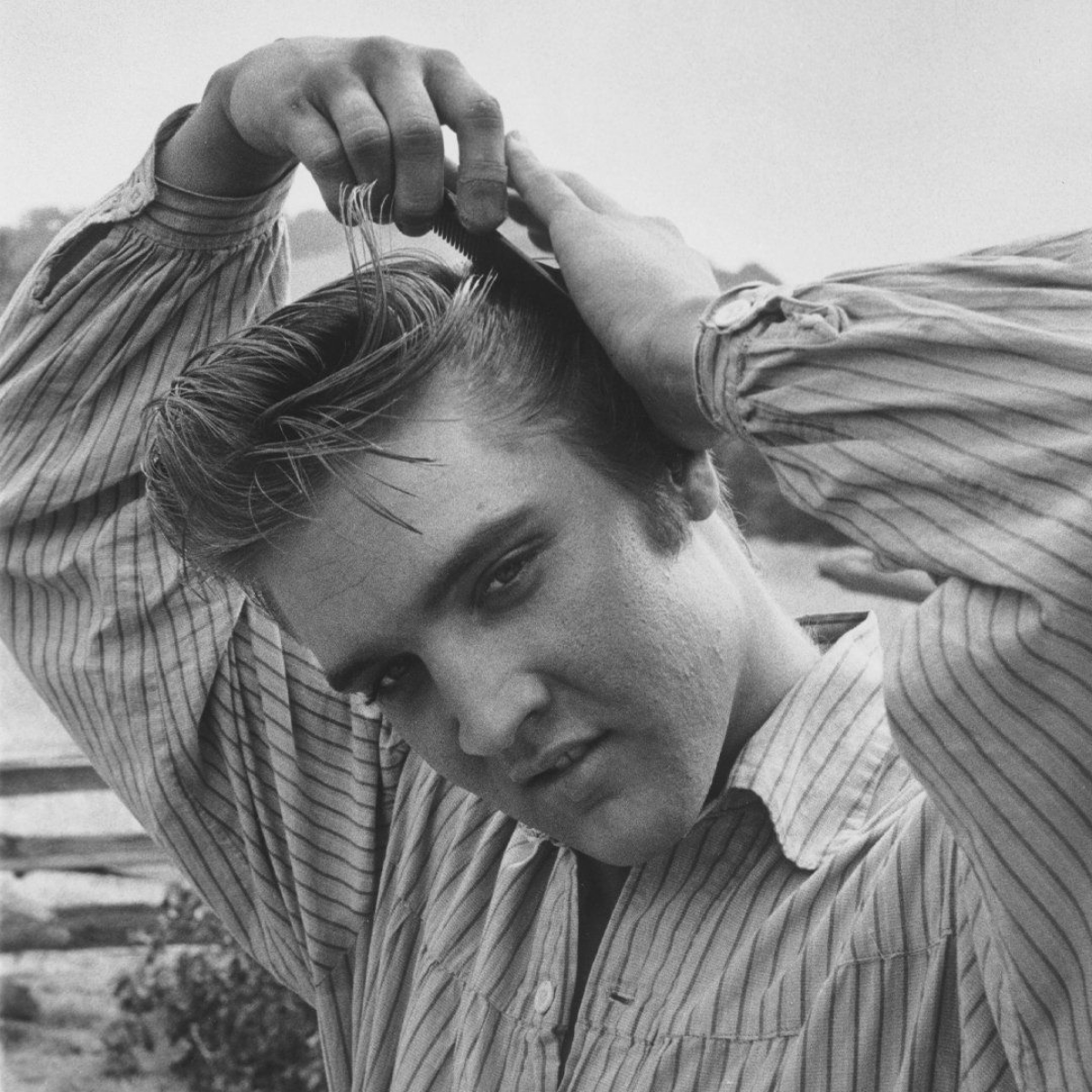

The foundation of great hair isn’t the hair itself: it’s the scalp. All the styling products in the world can’t fix a weak foundation. An unhealthy, flaky, or oily scalp affects hair growth and quality. Once a week, consider swapping your regular shampoo for a clarifying one or using a scalp exfoliant (like Briogeo’s Scalp Revival) to remove product buildup and dead skin. A healthy scalp means stronger, more vibrant hair that’s ready to be styled.
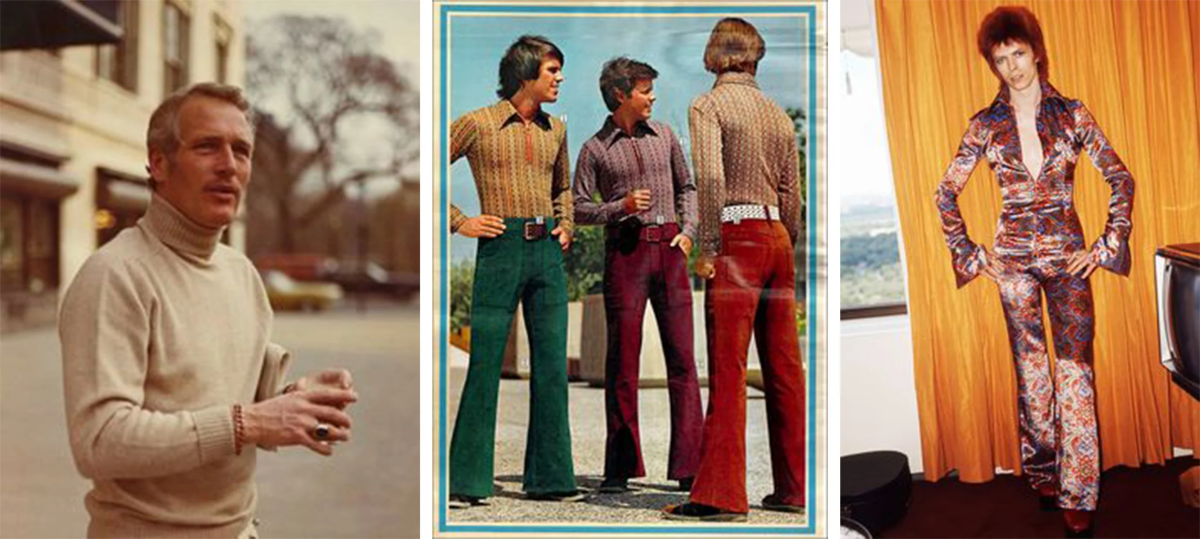
- Eliminates the need for daily washing, which strips natural oils.
- Keeps your style’s texture and shape intact for an extra day.
- Saves you time in the morning.
The secret? A simple refresh. Lightly mist your hair with a water spray bottle to dampen it, then use your fingers or a blow-dryer on a low setting to reshape it. You can reactivate yesterday’s product and add a tiny bit more if needed.
Don’t get hung up on perfection. The ‘rockstar’ aesthetic is built on a foundation of effortlessness and a little bit of grit. A few flyaways or an imperfect parting aren’t mistakes; they’re character. The goal is to look like you have great hair, not like you spent an hour styling it.






